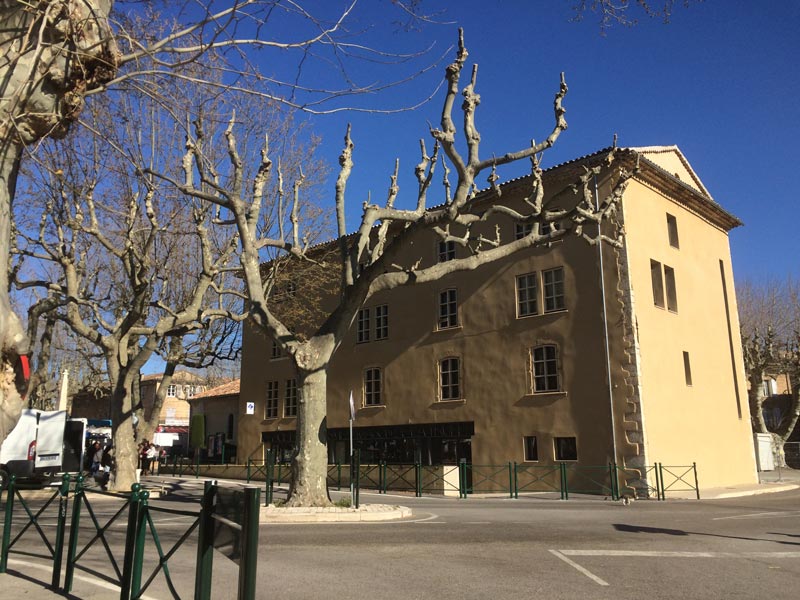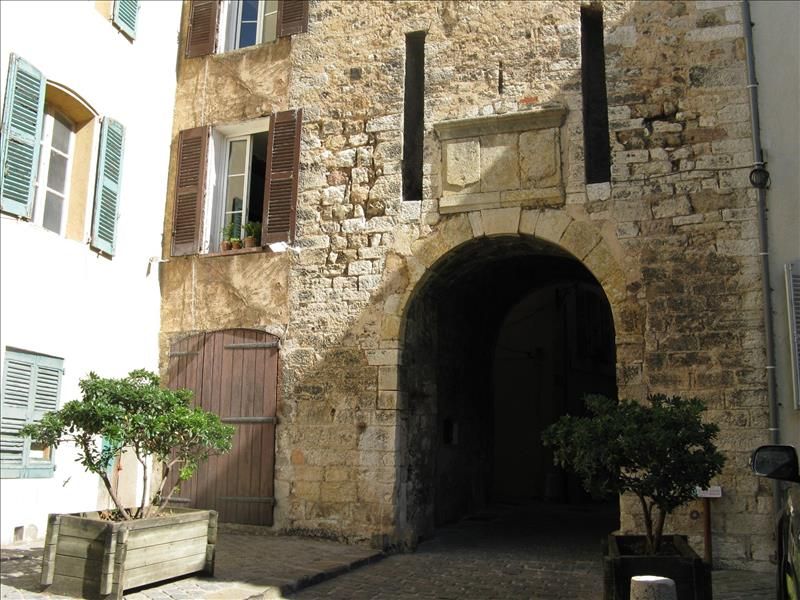The collegiate church boasts a valuable museum of religious art, including Provence's oldest processional cross dating from the 14th century and hand-embroidered ornaments from the 17th century.
Built outside the walls by architect Broulhoni from 1489 to 1503 to replace the village church, which had become too small, in Provençal Gothic style with a Renaissance facade, it became a Collegiate Church in 1499 with the arrival of the chapter of canons from Valmoissine (former monasterium of the Alps), who remained there until the French Revolution.
Receiving the relics of St. Pancras, a young Roman Christian martyred in 302 under Diocletian, it has been known by this name ever since.
All that remains of the church's original construction is the door to the former sacristy, since the Wars of Religion destroyed all the furnishings and burnt the magnificent tympanum. In addition to the medallion of the canons' motto, the republican motto "Liberté, égalité et fraternité" was added to the pediment in 1905, following the separation of church and state.
Access to the interior is via 7 descending steps (the height of the present-day square corresponds to the alluvial deposits left by successive floods of the Grave). The building comprises a nave and three aisles, ending in a flat chevet.






